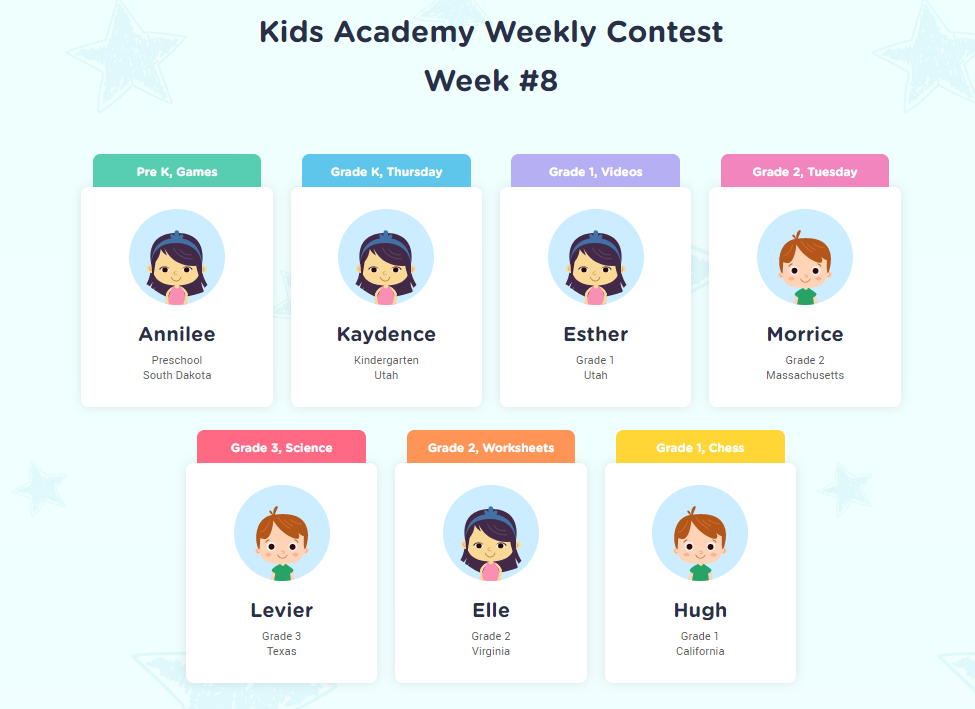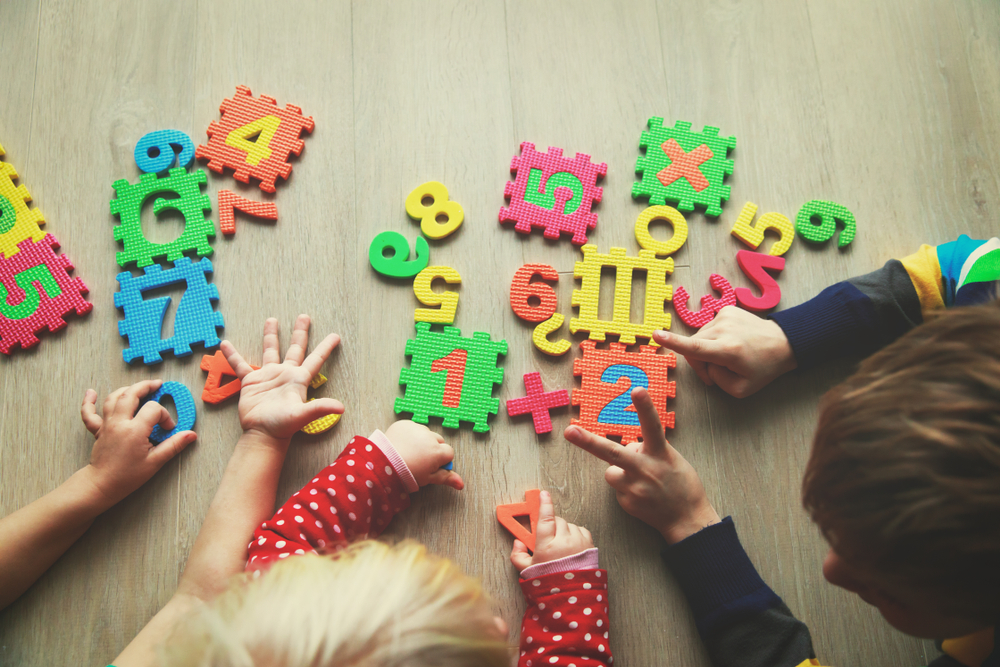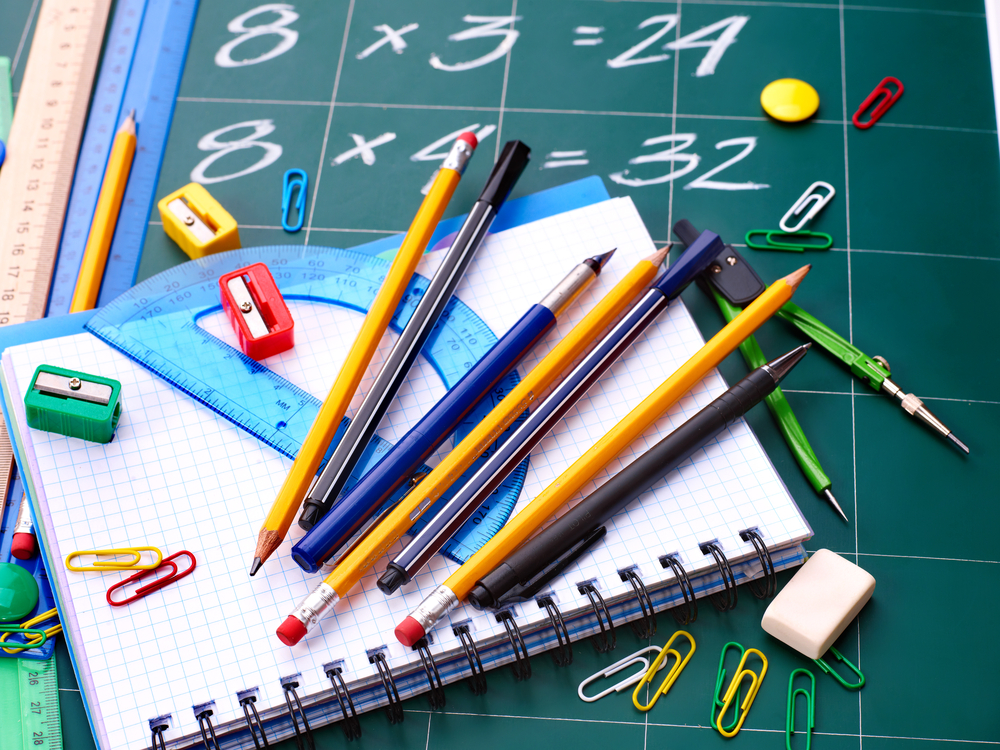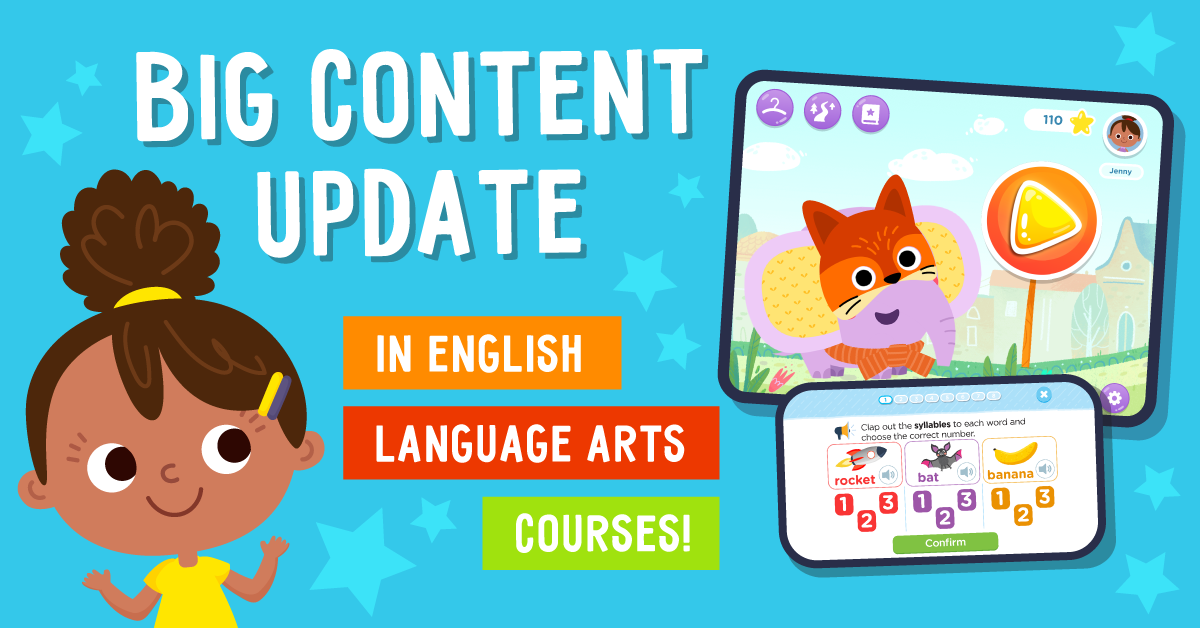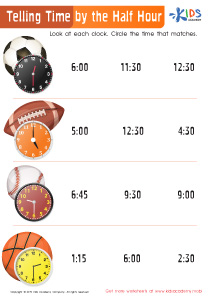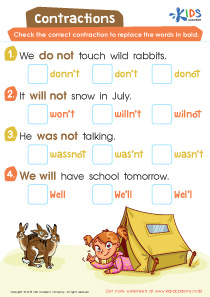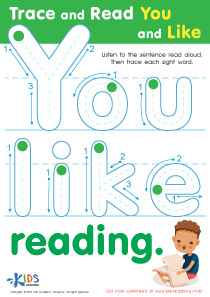Normal Alphabet worksheets activities for Grade 1
2 filtered results
-
From - To
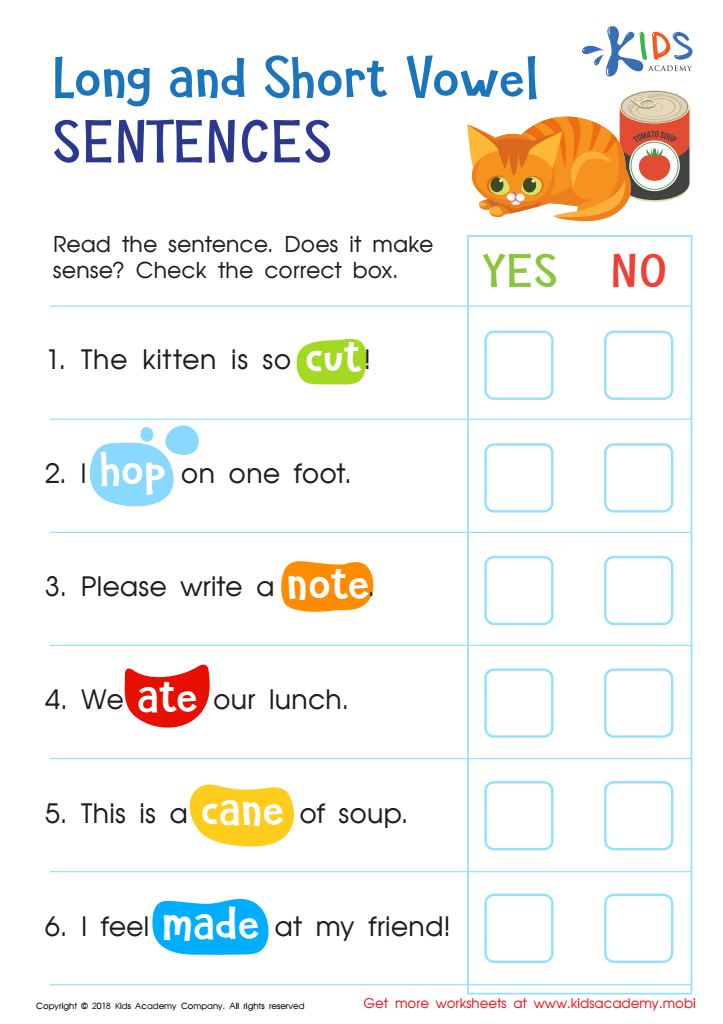

Long and Short Vowel Sentences: Assessment Worksheet
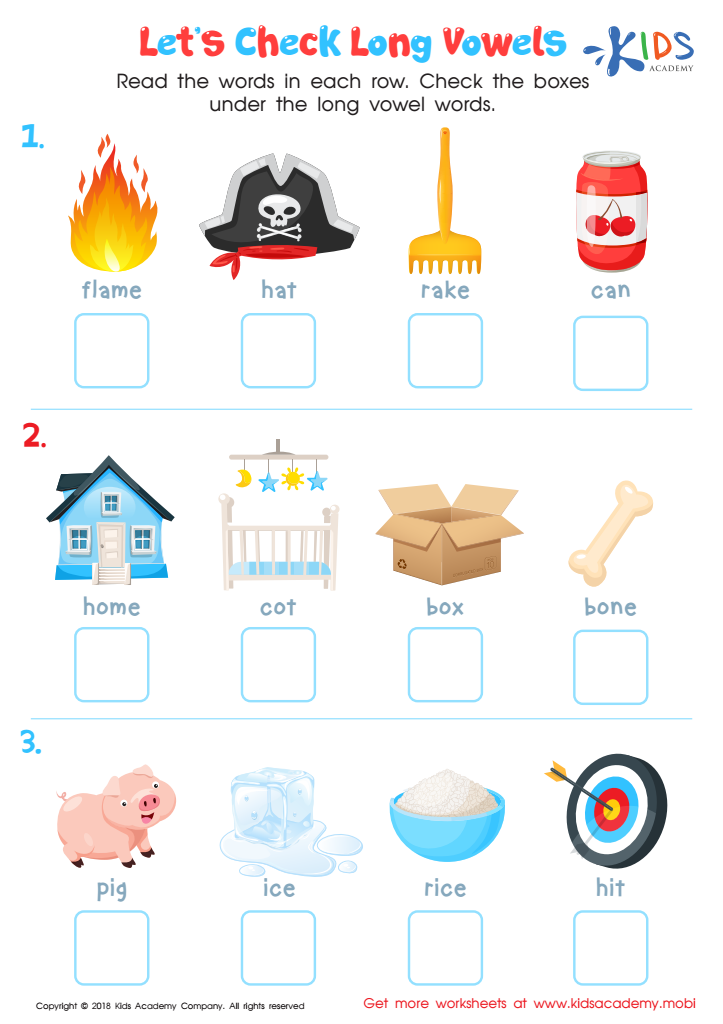

Let's Check Long Vowels: Assessment Worksheet
Normal Alphabet worksheets activities for Grade 1 are an essential part of a young learner's educational journey. These activities are meticulously designed to introduce children to the world of letters, making the process engaging and effective. The significance of these worksheets cannot be overstated, as they lay the foundational stones for reading, writing, and understanding the English language.
Firstly, Normal Alphabet worksheets activities for Grade 1 are instrumental in enhancing letter recognition. At this tender age, children begin to differentiate between various shapes and symbols. Alphabet worksheets provide a structured way for them to recognize and differentiate between letters, which is a critical skill in the early stages of literacy.
Moreover, these activities are crucial for developing fine motor skills. As children trace letters, color them, and practice writing, they refine their hand-eye coordination and pencil grip. This practice is not only beneficial for writing but also for other activities that require precision and control.
In addition, Normal Alphabet worksheets activities offer a systematic approach to learning the alphabetical order. Understanding the sequence of the alphabet is fundamental in navigating dictionaries, indexes, and directories in the future. It also aids in organizing thoughts and items alphabetically, a skill that will be used throughout their lives.
Another important aspect is the introduction to phonics that these worksheets provide. Children learn the sounds associated with each letter, which is a cornerstone of reading. By connecting letters with sounds, children begin to decode words, paving the way for fluent reading and comprehension.
Lastly, these worksheets activities foster an environment of fun and creativity. Through engaging exercises, children can explore the alphabet beyond the traditional rote learning. This not only keeps their interest alive but also promotes a positive attitude towards learning.
In conclusion, Normal Alphabet worksheets activities for Grade 1 are a vital educational tool. They not only introduce children to the basics of the English language but also develop essential cognitive and motor skills, all while keeping learning enjoyable and engaging.

 Assign to the classroom
Assign to the classroom

